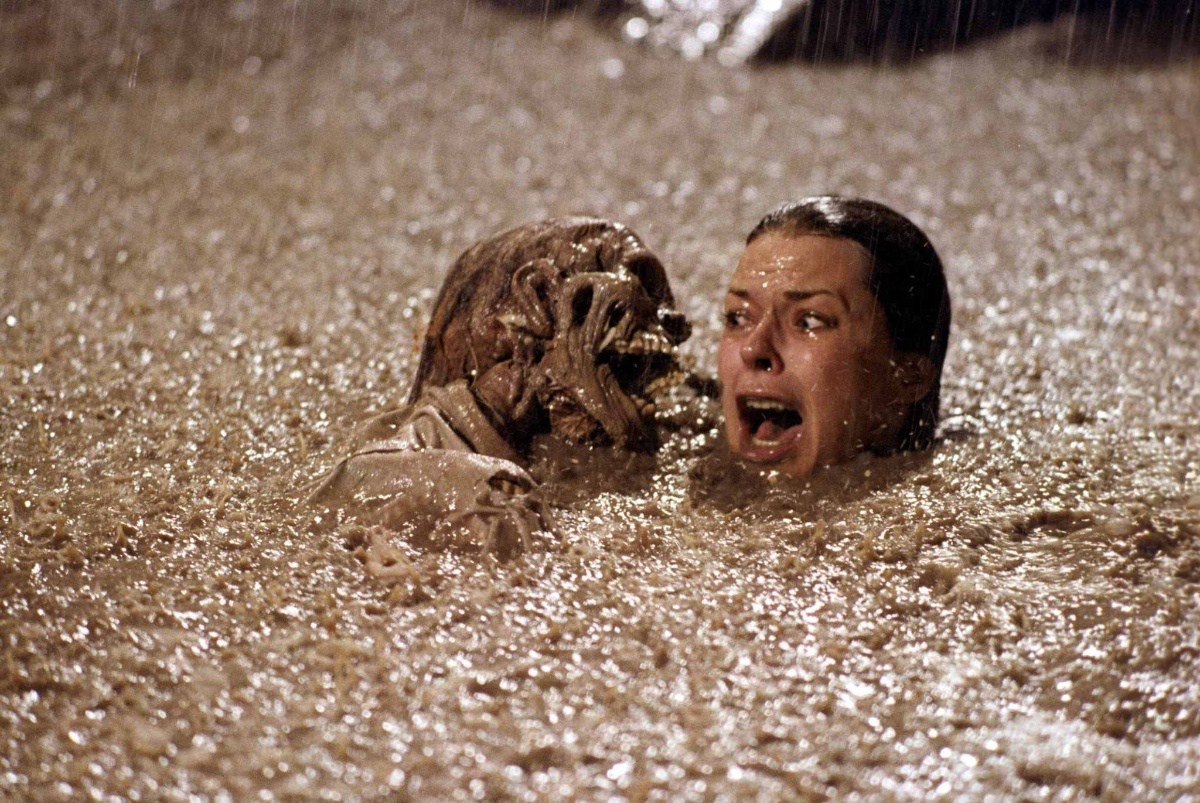Introduction: The 1982 Movie Poltergeist Used Real Skeletons As – Tymoff
The 1982 horror classic “Poltergeist,” directed by Tobe Hooper and produced by Steven Spielberg, remains a seminal work in the genre, known for its chilling atmosphere and groundbreaking special effects. However, one of the lesser-known aspects of its production is the controversy surrounding the use of real skeletons during filming. This article explores the historical context, ethical considerations, and impact of this practice on the film industry and viewers alike.
Historical Context: The Practice of Using Real Skeletons in Films
During the early days of Hollywood and throughout the mid-20th century, the use of real skeletons in filmmaking was not uncommon. Due to the high cost and limited availability of realistic prop skeletons, some filmmakers turned to medical suppliers and universities for real human skeletons as props. These skeletons were often obtained through various means, including donations and sales from medical institutions.
Practices in Horror Films
Horror films, in particular, often sought authenticity in creating eerie and macabre atmospheres. The use of real skeletons was seen as a way to achieve a sense of realism that synthetic props could not match. Films like “Poltergeist” aimed to unsettle audiences with scenes involving human remains, contributing to the overall sense of dread and supernatural horror.
Changing Ethical Standards
As societal attitudes towards human remains evolved, so too did ethical standards in filmmaking. The practice of using real skeletons became increasingly controversial as awareness grew about the ethical implications of using human remains as props for entertainment purposes. Critics argued that it disrespected the deceased and their families, viewing them as objects rather than human beings.
The Controversy Surrounding “Poltergeist”
“Poltergeist,” known for its intense and realistic portrayal of supernatural occurrences, employed real skeletons in a pivotal scene involving a swimming pool filled with skeletal remains. This decision sparked controversy among both the public and industry professionals, raising questions about ethics, respect for the deceased, and transparency in filmmaking practices.
Production Challenges
The filmmakers of “Poltergeist” faced logistical challenges in creating a convincing and horrifying scene depicting a haunted burial ground. Realism was paramount, and the use of real skeletons was deemed necessary to achieve the desired effect. However, this decision would later come under scrutiny and contribute to the film’s legacy.
Public Reaction and Ethical Debate
Upon learning about the use of real skeletons in “Poltergeist,” audiences and critics expressed shock and dismay. The revelation prompted discussions about the ethical responsibilities of filmmakers, the treatment of human remains in media, and the broader implications for the film industry. Many questioned whether the ends justified the means in creating a terrifying cinematic experience.
Impact on Filmmaking Practices
The controversy surrounding “Poltergeist” played a role in reshaping ethical standards and guidelines for the use of props in filmmaking. Industry organizations and advocacy groups began advocating for clearer regulations and ethical guidelines to ensure respectful treatment of human remains and sensitive subjects in film and television production.
Regulatory Changes
In response to public outcry and ethical concerns, film industry organizations such as the Screen Actors Guild (SAG) and the Directors Guild of America (DGA) introduced stricter guidelines regarding the use of props and special effects involving human remains. These guidelines emphasized transparency, consent, and respectful handling of sensitive materials in film productions.
Technological Advancements
Advancements in special effects technology and prop manufacturing have reduced the reliance on real skeletons in filmmaking. Modern filmmakers have access to highly realistic synthetic props and digital effects that can replicate the appearance of human remains without ethical controversy. These technological innovations have enabled filmmakers to achieve cinematic realism while upholding ethical standards.
Ethical Considerations and Cultural Impact
The use of real skeletons in “Poltergeist” raised important ethical considerations about the treatment of human remains in popular culture. It underscored the importance of respecting the dignity and memory of the deceased, even in fictional contexts. The controversy prompted a broader cultural conversation about the boundaries between entertainment and ethical responsibility.
Respect for the Deceased
Central to the ethical debate surrounding “Poltergeist” was the principle of respect for the deceased. Critics argued that using real skeletons for shock value undermined the dignity of those whose remains were used as props. Filmmakers and industry professionals were urged to prioritize sensitivity and cultural awareness when depicting sensitive subjects in films.
Legacy and Cultural Influence
Despite the controversy, “Poltergeist” remains a cultural landmark in horror cinema, influencing subsequent films and filmmakers. The ethical debate surrounding its production has contributed to ongoing discussions about representation, authenticity, and the responsible use of props in filmmaking.
Conclusion: Reflections on “Poltergeist” and Ethical Filmmaking
The use of real skeletons in the 1982 movie “Poltergeist” exemplifies the complex intersection of artistic expression, ethical considerations, and audience expectations in filmmaking.
